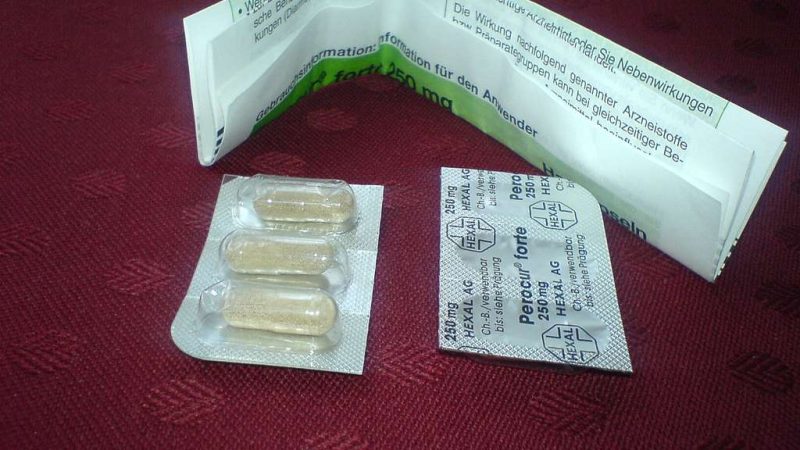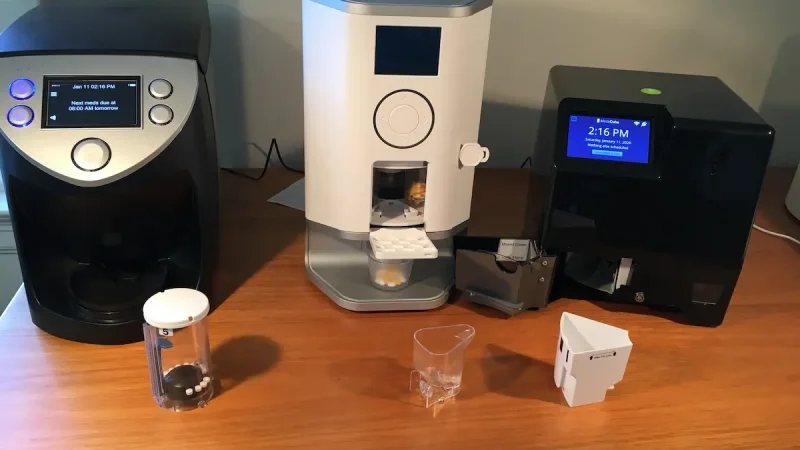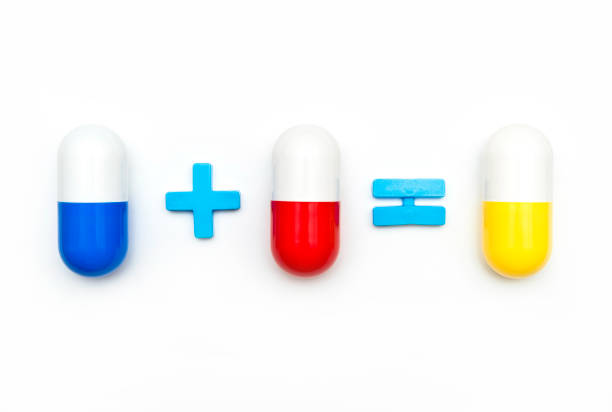Medication Sheets for Nursing: A Comprehensive Guide

In the field of nursing, one of the most critical aspects of patient care is ensuring that medications are administered safely and accurately. Medication sheets are essential tools in this process, providing nursing staff with the necessary information to administer, track, and manage medications for patients. These sheets help to minimize errors, improve efficiency, and ensure compliance with medical protocols and best practices. In this article, we will explore the importance of medication sheets for nursing, their types, and how they are used in healthcare settings.
What Are Medication Sheets in Nursing?
A medication sheet is a document that contains detailed information about the medications that a patient needs to take. These sheets are used by nursing staff to ensure that all medications are administered correctly, at the right time, and in the proper dosage. They often include information about the medication’s name, dosage, frequency, route of administration, and any specific instructions or precautions. Medication sheets are a vital component of the healthcare system, playing a significant role in reducing medication errors and enhancing patient safety.
The Importance of Medication Sheets in Nursing
Medication errors are a significant concern in healthcare settings, as they can lead to adverse drug reactions, prolonged hospital stays, or even death. According to the World Health Organization (WHO), medication errors are among the most common causes of patient harm globally. Medication sheets are designed to prevent these errors by providing accurate and up-to-date information about the patient’s prescribed medications. The primary purposes of medication sheets include:
- Accurate Documentation: Medication sheets serve as a record of all the medications a patient has been prescribed, along with instructions for administration. This documentation is vital for nurses to track the medications being given, ensuring that the correct medication is administered to the right patient at the right time.
- Improved Patient Safety: By ensuring that all relevant medication details are readily available, medication sheets help nurses avoid errors such as administering the wrong drug, giving an incorrect dosage, or administering medications at the wrong time.
- Communication: Medication sheets act as a tool for communication between different healthcare providers, including doctors, nurses, pharmacists, and other healthcare professionals. They provide a standardized format for sharing medication information, which helps avoid confusion or miscommunication.
- Compliance with Regulations: Healthcare organizations must comply with strict regulations regarding medication administration. Medication sheets help nurses meet these regulatory requirements, providing a clear record of medication orders and administration.
- Tracking and Monitoring: Medication sheets also help nurses track a patient’s response to medication, noting any side effects or adverse reactions. This documentation is crucial for adjusting treatment plans if necessary and ensuring the patient’s well-being.
- Audit and Quality Control: Medication sheets are often used during audits and reviews to ensure that medication administration is being carried out according to best practices. These reviews can help identify areas for improvement in patient care.
Types of Medication Sheets
There are several types of medication sheets used in nursing, each serving a specific purpose. The type of medication sheet used depends on the healthcare setting, the patient’s condition, and the type of medications being administered. Below are some of the most commonly used types of medication sheets in nursing:
- Medication Administration Record (MAR)
The Medication Administration Record (MAR) is one of the most widely used medication sheets in nursing. It is a detailed record that provides information on every medication prescribed to a patient. The MAR includes the medication name, dosage, frequency, route of administration, time of administration, and the nurse’s signature after administering the medication. This sheet is essential for tracking and documenting medication administration throughout a patient’s care.
Key Features of MAR:
- Patient’s name and identification number.
- Medication name (brand and generic).
- Dosage and strength.
- Route of administration (oral, IV, injection, etc.).
- Time and frequency of administration.
- Nurse’s initials or signature after administration.
- Date of medication order and prescription details.
Benefits of MAR:
- Provides a clear and concise record of medication administration.
- Helps prevent medication errors by ensuring the right drug is given at the right time and dose.
- Facilitates communication between the healthcare team.
- Medication Order Sheets
Medication order sheets are used by healthcare providers, such as doctors or prescribing nurses, to document orders for medications. These sheets contain detailed instructions on the medications that a patient should receive, including dosage, route, frequency, and any specific instructions regarding the administration. They serve as a communication tool between the prescribing provider and the nursing staff, ensuring that medications are given according to the prescribed plan.
Key Features of Medication Order Sheets:
- Patient’s name and ID.
- Medication name and dosage.
- Instructions for administration (route, time, etc.).
- Special instructions (e.g., take with food, avoid alcohol).
- Duration of the medication regimen.
Benefits of Medication Order Sheets:
- Ensures proper communication between prescribing and administering healthcare professionals.
- Reduces the risk of errors during medication administration.
- Offers a detailed guide for nurses to follow when administering medications.
- Prescription Medication Sheets
Prescription medication sheets are typically used for outpatient care, where patients are prescribed medications to be taken at home. These sheets provide detailed information about the medications, including the prescription number, patient information, dosage instructions, and any special instructions. In some settings, these sheets can be printed and given to patients when they are discharged from a hospital or clinic.
Key Features of Prescription Medication Sheets:
- Patient’s name and address.
- Prescribing doctor’s name and contact information.
- Medication name and dosage instructions.
- Directions for use (e.g., take with or without food).
- Duration of the prescription (e.g., for 30 days).
Benefits of Prescription Medication Sheets:
- Provides clear, written instructions for patients to follow at home.
- Reduces the likelihood of confusion regarding medication use.
- Offers a clear record for both patients and healthcare providers.
- Pain Management Medication Sheets
In patients experiencing chronic pain or post-surgical pain, pain management medication sheets are used to ensure appropriate and consistent medication administration. These sheets help nurses track pain levels, the timing of pain medication, and any side effects or complications related to pain relief.
Key Features of Pain Management Medication Sheets:
- Medication name, dose, and route.
- Time of administration and frequency.
- Pain intensity rating (e.g., 0-10 scale).
- Side effects and effectiveness.
Benefits of Pain Management Medication Sheets:
- Helps track pain relief progress and medication effectiveness.
- Ensures timely administration of pain medication.
- Helps prevent over-medication or under-medication.
- Controlled Substance Medication Sheets
Controlled substances are drugs that are regulated due to their potential for abuse or dependence. In healthcare settings, these medications require special tracking and documentation. Controlled substance medication sheets are used to monitor the administration of drugs such as opioids, benzodiazepines, and other high-risk medications. These sheets are highly detailed, and strict guidelines govern their use.
Key Features of Controlled Substance Medication Sheets:
- Patient name, ID, and medication information.
- Detailed tracking of doses administered, including time and signature.
- Record of the medication’s origin (e.g., prescription, distribution).
- Documentation of any changes in the medication regimen.
Benefits of Controlled Substance Medication Sheets:
- Helps prevent misuse and diversion of controlled substances.
- Facilitates compliance with legal and regulatory requirements.
- Provides an accurate record of controlled substance use.
How Medication Sheets Are Used in Nursing Practice
Medication sheets are a key component of nursing practice, used by nurses to ensure safe and accurate medication administration. Here’s how these sheets are typically used:
- Medication Review and Verification
Before administering any medication, nurses must first verify the prescribed medications against the MAR or medication order sheet. This step ensures that the correct medications are available, the dosages are accurate, and the instructions are clear. Nurses check for any potential allergies, interactions with other drugs, or contraindications.
- Administration of Medication
Once the medication has been reviewed, the nurse prepares the medication according to the prescribed instructions and administers it at the appropriate time. After administering the medication, the nurse records the time of administration on the medication sheet and may include any relevant observations, such as the patient’s response to the medication.
- Monitoring and Documentation
Nurses continuously monitor patients for side effects, adverse reactions, or changes in condition after medication administration. Any new symptoms or reactions are documented on the medication sheet for future reference. If the patient’s condition changes, the medication sheet is updated to reflect the need for any adjustments to the treatment plan.
- Reporting and Communication
Medication sheets facilitate communication between nursing staff, doctors, and pharmacists. If any issues arise with medication administration, such as a missed dose or side effect, it is important for the nurse to document the incident and communicate it to the rest of the healthcare team.
- Review and Audit
Regular audits are conducted to ensure that medication administration processes are followed correctly. Medication sheets are reviewed for completeness and accuracy, and discrepancies are addressed promptly.
Challenges and Considerations in Using Medication Sheets
While medication sheets are an essential part of nursing practice, there are several challenges associated with their use:
- Human Error: Despite the clear guidelines and structure, human error remains a possibility in the documentation and administration of medications. Nurses may make mistakes when filling out medication sheets, leading to potential errors.
- Charting Challenges: In busy healthcare settings, nurses may not always have sufficient time to thoroughly review and document medication administration, which can compromise the accuracy of medication sheets.
- **Integration with Electronic Health Records (E





